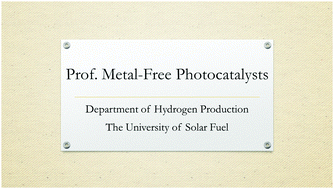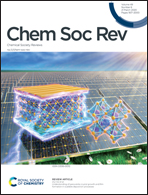Metal-free photocatalysts for hydrogen evolution
Abstract
This review focuses on the discussion of the latest progress and remaining challenges in selected metal-free photocatalysts for hydrogen production. The scope of this review is limited to the metal-free elemental photocatalysts (i.e. B, C, P, S, Si, Se etc.), binary photocatalysts (i.e. BC3, B4C, CxNy, h-BN etc.) and their heterojunction, ternary photocatalysts (i.e. BCN) and their heterojunction, and different types of organic photocatalysts (i.e. linear, covalent organic frameworks, microporous polymer, covalent triazine frameworks etc.) and their heterostructures. Following a succinct depiction of the latest progress in hydrogen evolution on these photocatalysts, discussion has been extended to the potential strategies that are deemed necessary to attain high quantum efficiency and high solar-to-hydrogen (STH) conversion efficiency. Issues with reproducibility and the disputes in reporting the hydrogen evolution rate have been also discussed with recommendations to overcome them. A few key factors are highlighted that may facilitate the scalability of the photocatalyst from microscale to macroscale production in meeting the targeted 10% STH. This review is concluded with additional perspectives regarding future research in fundamental materials aspects of high efficiency photocatalysts followed by six open questions that may need to be resolved by forming a global hydrogen taskforce in order to translate bench-top research into large-scale production of hydrogen.

- This article is part of the themed collection: Energy Frontiers: Hydrogen


 Please wait while we load your content...
Please wait while we load your content...
